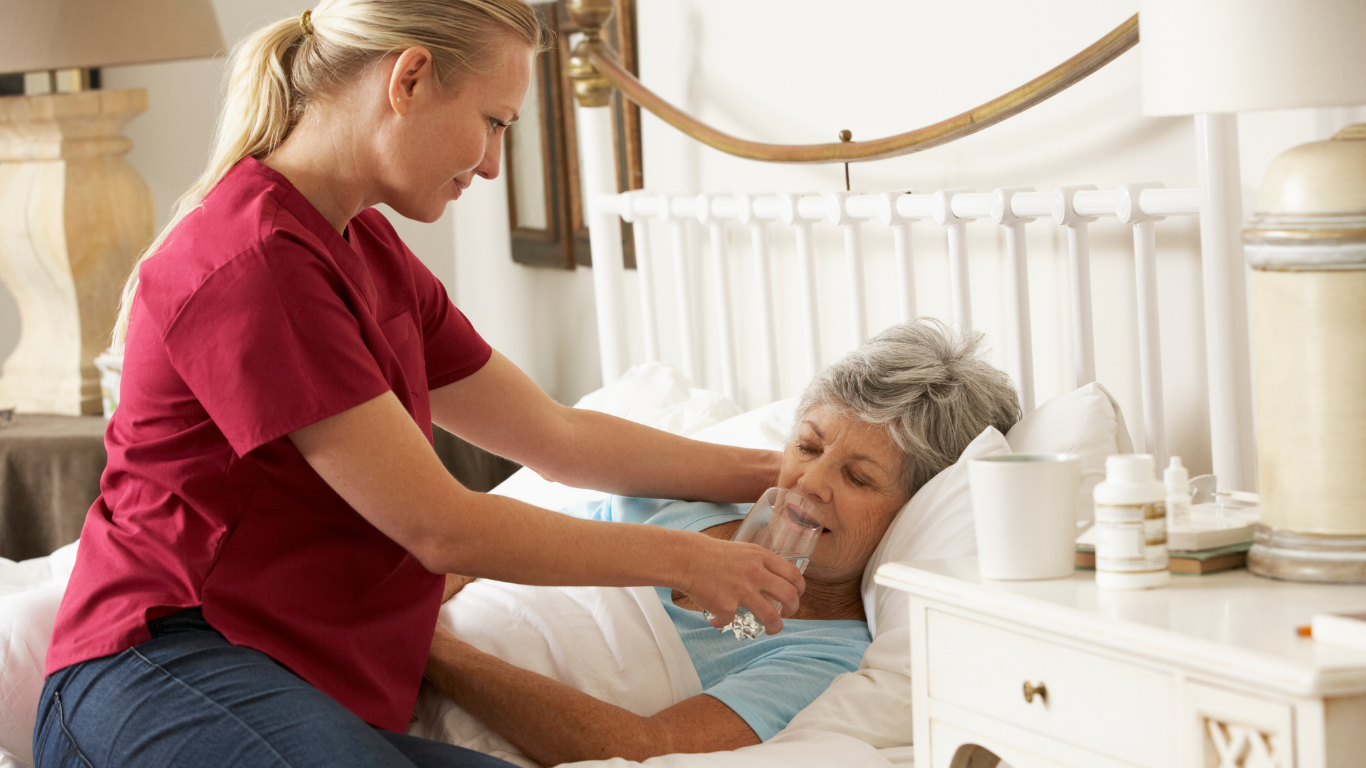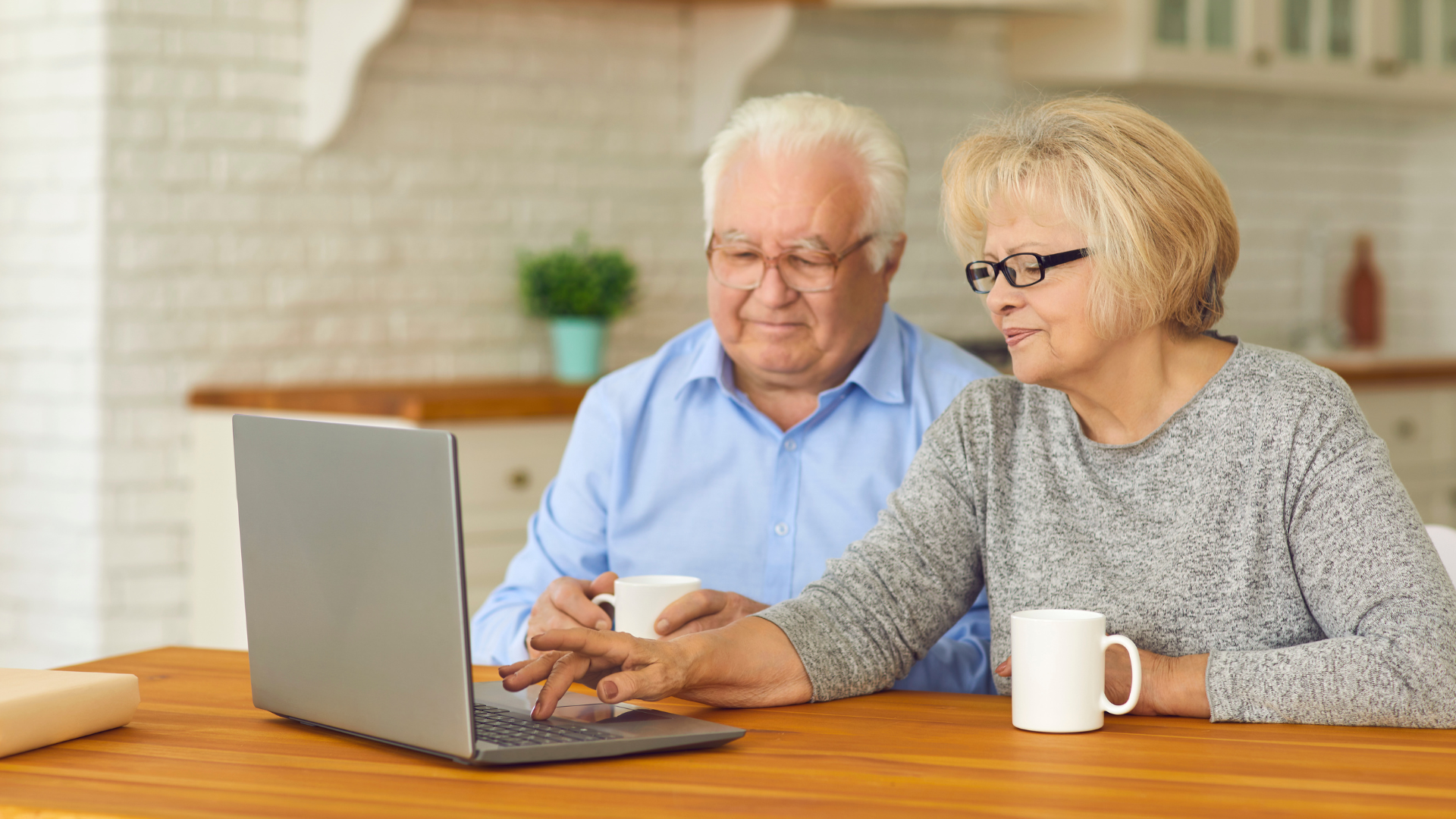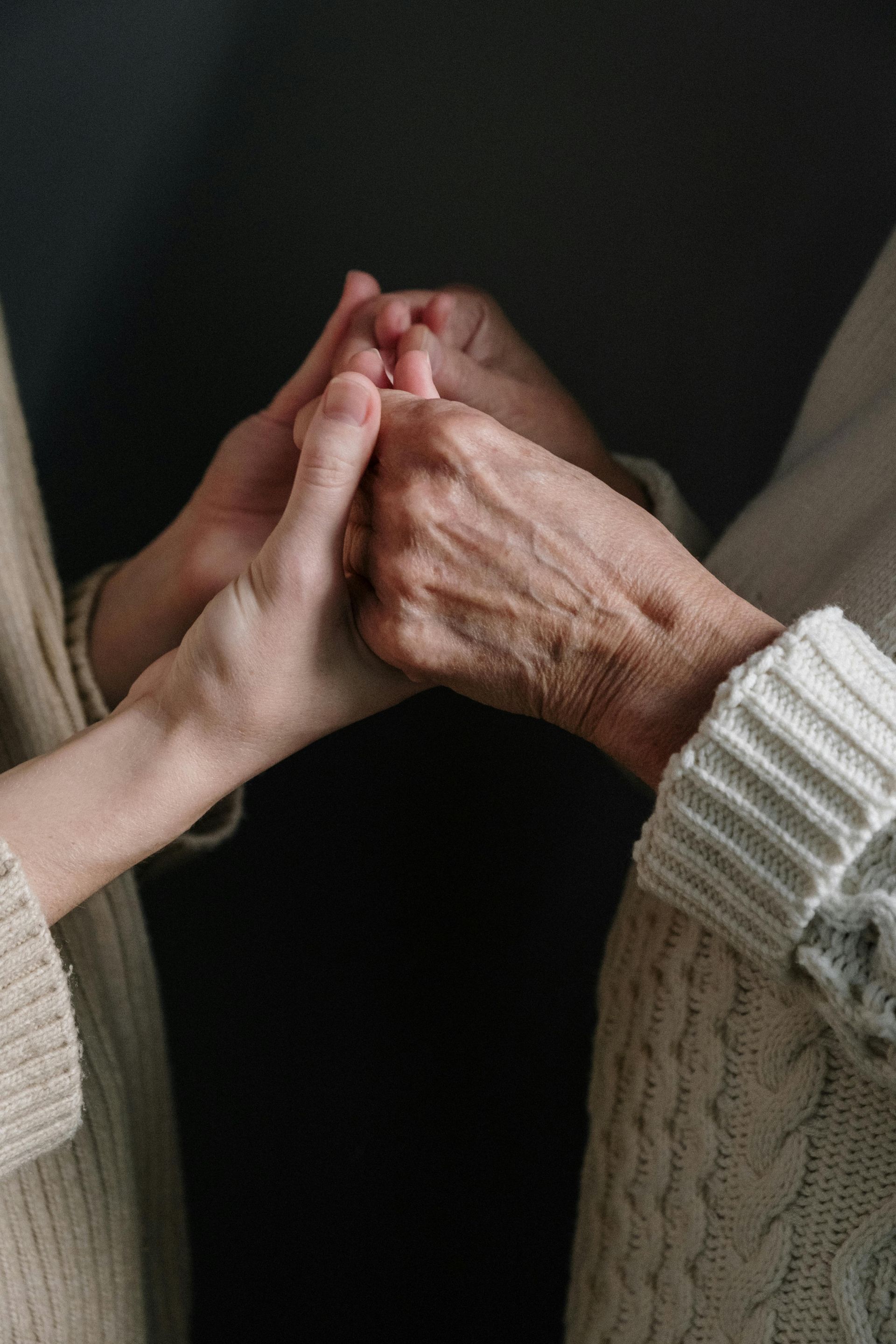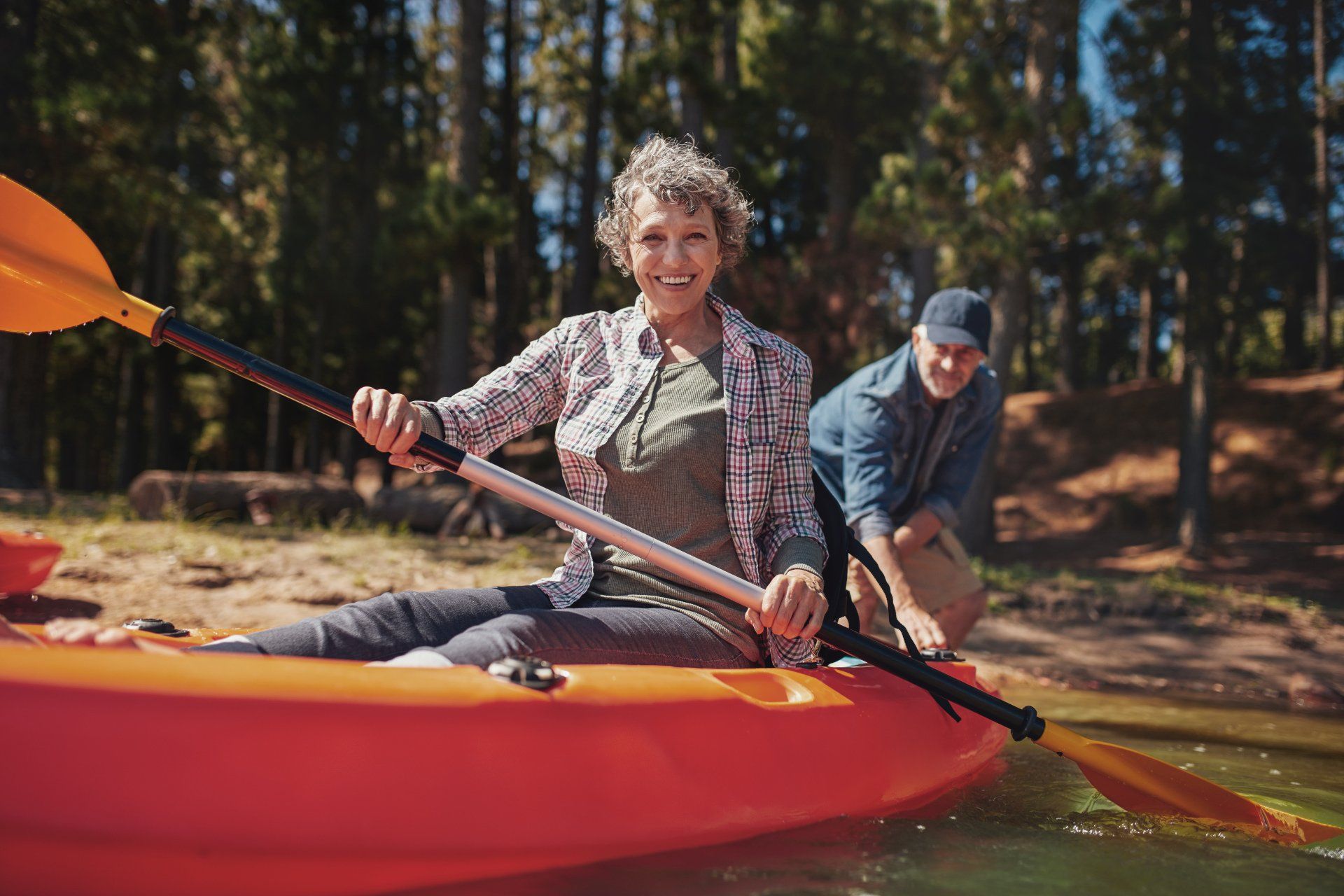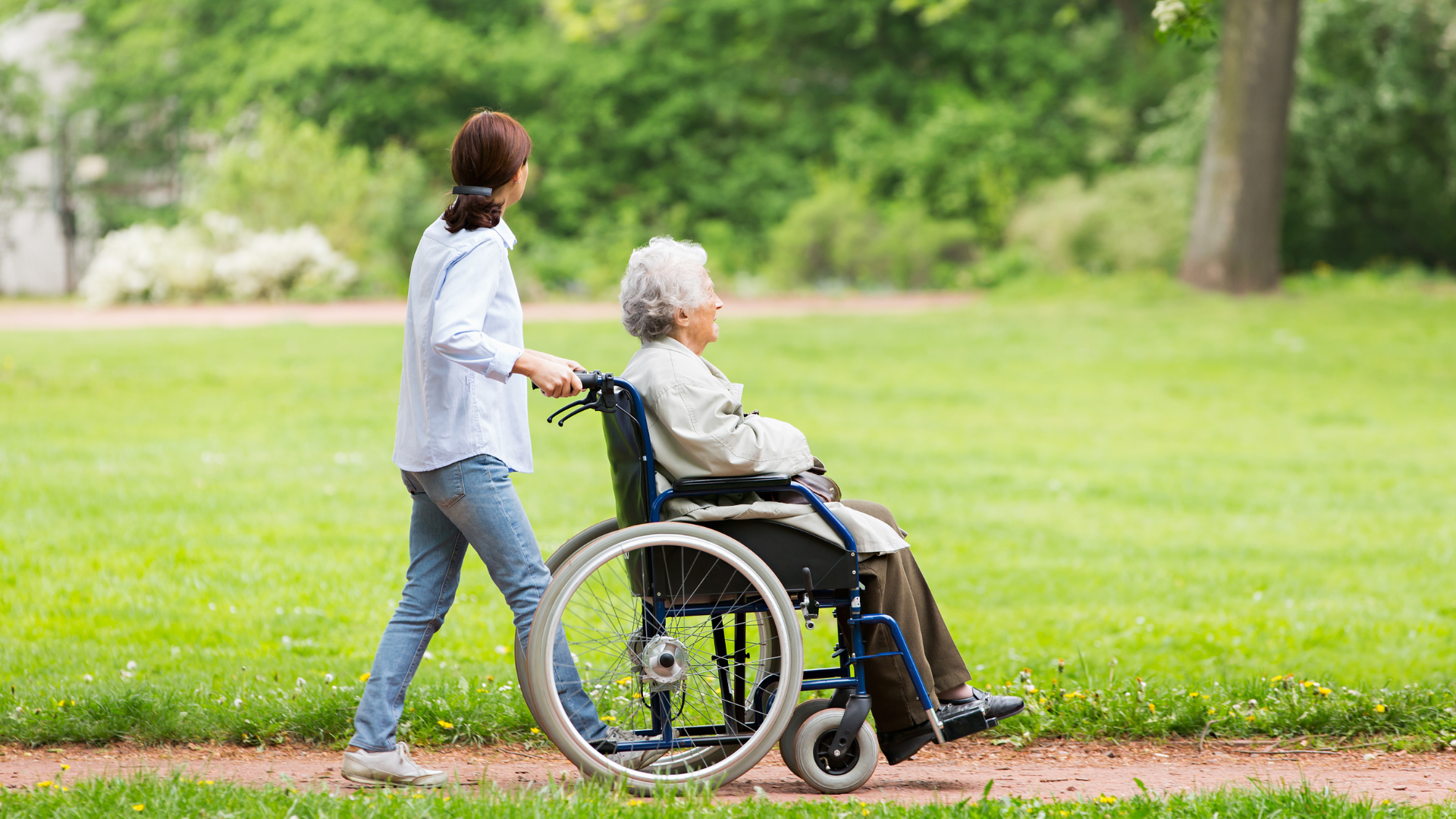Uncovering the Proven Techniques: Home-Based Mobility and Strength Exercises for Care Receivers
Caring for someone at home involves ensuring that they stay active and maintain their strength. As people age or face chronic conditions. Caring for a loved one with mobility challenges or those who require assistance due to illness, injury, or age-related conditions can be a rewarding but demanding responsibility. One of the most effective ways to improve the quality of life for care receivers is by encouraging and supporting mobility and strength exercises at home. These exercises not only help improve physical health but also enhance emotional well-being, independence, and overall functional capacity.
In this blog, we’ll explore proven techniques and easy-to-follow home-based exercises designed to improve mobility and strength for care receivers, allowing them to lead more active, independent, and fulfilling lives.
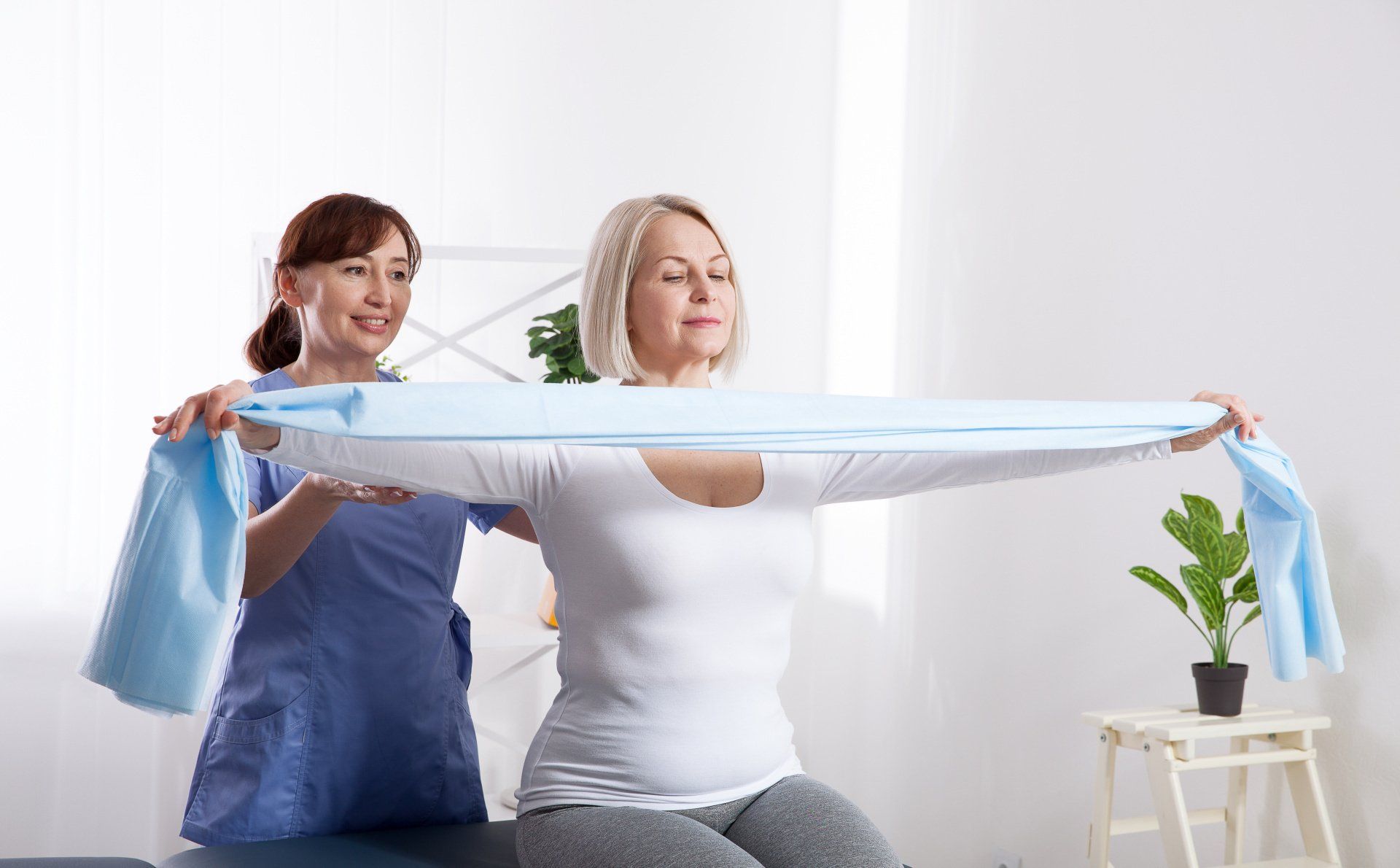
Why Mobility and Strength Matter for Care Receivers
As people age or face health challenges, maintaining mobility and strength becomes crucial. Whether it's improving balance, preventing falls, or enhancing the ability to perform daily activities, mobility and strength exercises play an essential role in promoting long-term health.
Key benefits of mobility and strength exercises for care receivers include:
- Improved Balance: Strengthening muscles, especially in the lower body, improves balance and coordination, reducing the risk of falls.
- Increased Independence: Enhancing mobility allows care receivers to complete everyday tasks, such as getting out of bed, walking, or standing, with less assistance.
- Pain Management: Regular exercise can help alleviate chronic pain by promoting circulation, reducing stiffness, and boosting endorphin levels.
- Better Mental Health: Physical activity has been shown to reduce symptoms of depression, anxiety, and stress, helping to improve overall emotional well-being.
Getting Started: Understanding the Basics of Home-Based Exercises
Before starting any exercise program, it’s important to assess the current mobility level of the care receiver. Tailor exercises to their specific needs, abilities, and comfort level. If possible, consult with a healthcare provider or physical therapist to ensure exercises are safe and appropriate.
Basic principles for starting mobility and strength exercises at home:
- Start Slow: Begin with low-impact exercises and gradually increase intensity as strength and mobility improve.
- Consistency is Key: Aim for short, daily sessions rather than long, sporadic ones. Consistency is important for seeing results.
- Focus on Safety: Ensure the exercise environment is safe, with sturdy furniture or handrails to provide support if needed.
Proven Mobility and Strength Exercises for Care Receivers
Here are some effective exercises that care receivers can do at home to improve mobility and strength. These exercises focus on the lower body, core, and upper body to support overall function and well-being.
1. Seated Leg Raises
Benefits: Strengthens the quadriceps and hip flexors, which are essential for standing, walking, and climbing stairs.
Instructions:
- Sit on a sturdy chair with your back straight and feet flat on the floor.
- Slowly extend one leg in front of you, keeping it straight.
- Hold for a few seconds, then lower the leg back to the floor.
- Repeat 10-15 times on each leg.
Modifications: For added difficulty, increase the hold time or add ankle weights.
2. Heel and Toe Raises
Benefits: Strengthens the calves and improves ankle mobility, which helps with standing and walking.
Instructions:
- Stand behind a sturdy chair or countertop for support.
- Slowly raise your heels, standing on your toes, then lower back down.
- Repeat 10-15 times.
- For the toe raise, lift your toes off the ground while keeping your heels planted.
- Repeat 10-15 times.
Modifications: If standing is difficult, this exercise can be done while sitting by lifting your heels and toes alternately.
3. Standing Marches
Benefits: Improves balance, leg strength, and coordination.
Instructions:
- Stand behind a chair with your hands resting on the back for support.
- Slowly march in place, lifting one knee at a time to waist height.
- Perform for 1-2 minutes, resting if needed.
- Gradually increase the duration as stamina improves.
Modifications: For added intensity, try marching with the arms as well to engage the upper body.
4. Wall Push-Ups
Benefits: Strengthens the upper body, particularly the chest, shoulders, and arms.
Instructions:
- Stand facing a wall, about an arm's length away.
- Place your hands flat on the wall, slightly wider than shoulder-width apart.
- Slowly bend your elbows to lower your chest toward the wall, then push back up.
- Repeat 10-12 times.
Modifications: For an easier version, stand closer to the wall. For more challenge, perform the exercise on the floor.
5. Chair Squats
Benefits: Strengthens the lower body, particularly the glutes, thighs, and core, which are essential for standing up from a chair and walking.
Instructions:
- Sit on a sturdy chair with your feet flat on the floor and your knees bent at 90 degrees.
- Stand up slowly, using your leg muscles, not your arms.
- Sit back down slowly with control.
- Repeat 10-15 times.
Modifications: If standing up is too difficult, use a higher chair or try standing up with assistance at first.
6. Side Leg Lifts
Benefits: Strengthens the hip muscles, which are vital for maintaining stability and balance.
Instructions:
- Lie on your side with your legs straight and stacked on top of each other.
- Slowly lift your top leg towards the ceiling while keeping it straight.
- Hold for a few seconds, then slowly lower the leg.
- Repeat 10-15 times on each side.
Modifications: If lying on the floor is uncomfortable, try this exercise while seated in a chair or standing and holding onto support.
Creating a Routine for Success
To maximize the effectiveness of these exercises, it’s important to create a consistent routine. Here’s how to build a balanced workout schedule:
- Frequency: Aim for at least 20-30 minutes of exercise a day, split into short sessions if needed.
- Variety: Incorporate exercises that target different muscle groups (lower body, upper body, core) to ensure balanced strength and mobility.
- Progression: Gradually increase the number of repetitions or duration of each exercise as strength and endurance improve.
- Rest and Recovery: Ensure adequate rest periods between exercises to avoid fatigue and strain.
When to Seek Professional Guidance
While these exercises are beneficial for many individuals, it’s important to consult a healthcare provider or physical therapist before starting any new exercise regimen, especially for those with severe mobility issues, heart conditions, or other health concerns. A professional can provide tailored guidance to ensure safety and optimal results.
Conclusion: Empowering Mobility and Strength at Home
Home-based mobility and strength exercises are a powerful tool for enhancing the well-being of care receivers. These exercises can improve balance, increase strength, and promote overall health, leading to greater independence and a higher quality of life. By integrating these exercises into a daily routine, care receivers can maintain mobility, reduce the risk of falls, and enjoy a more active, fulfilling life.
Contact us today to learn more about mobility and strength exercises for care receivers, or to get personalized advice on creating a home exercise plan that works for you or your loved one. Let’s take the first step towards better health and mobility, together!

